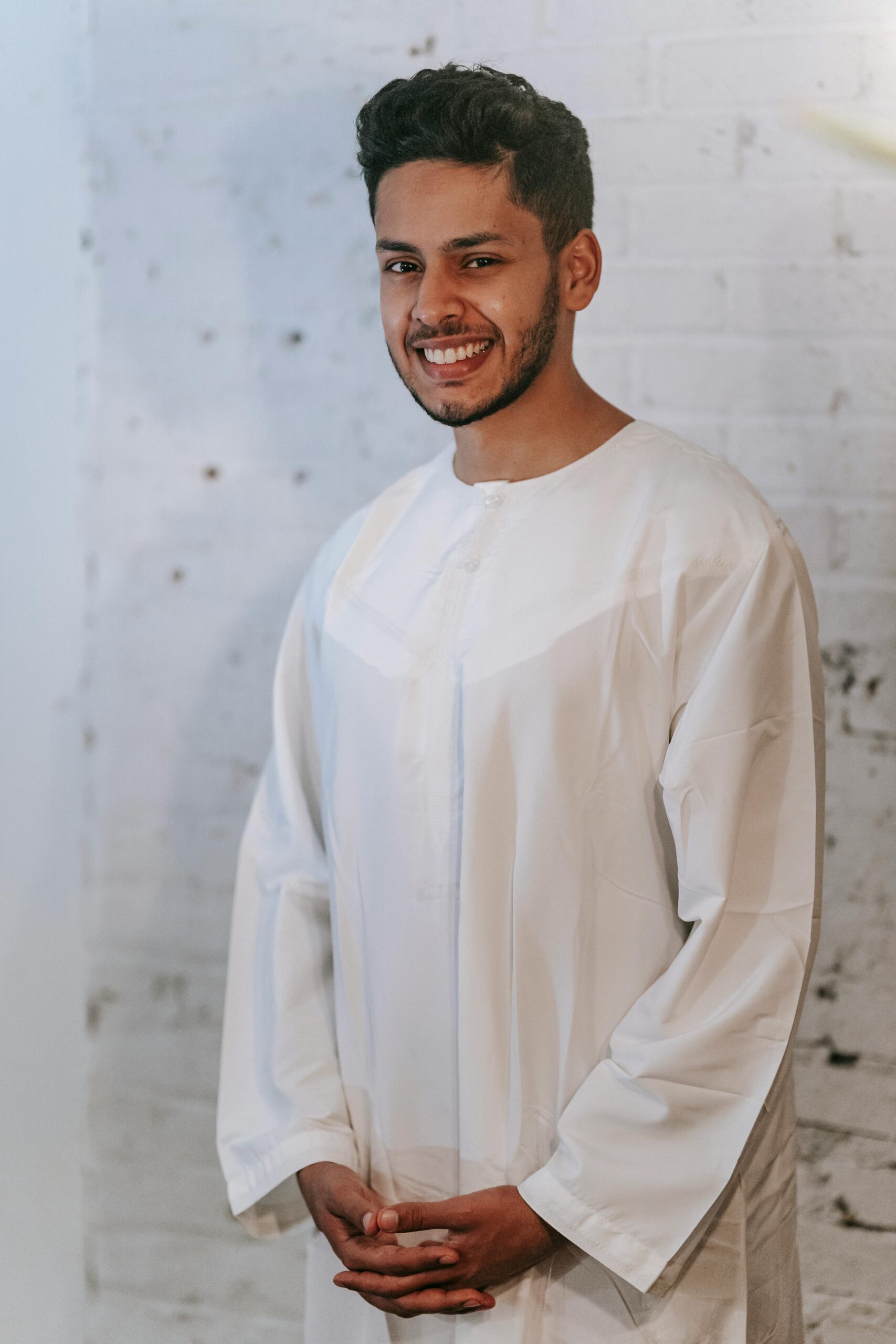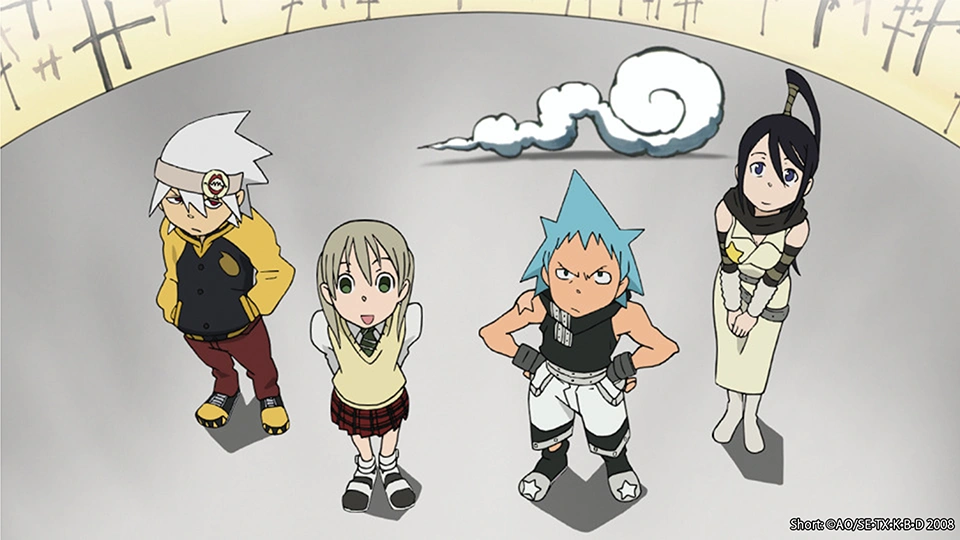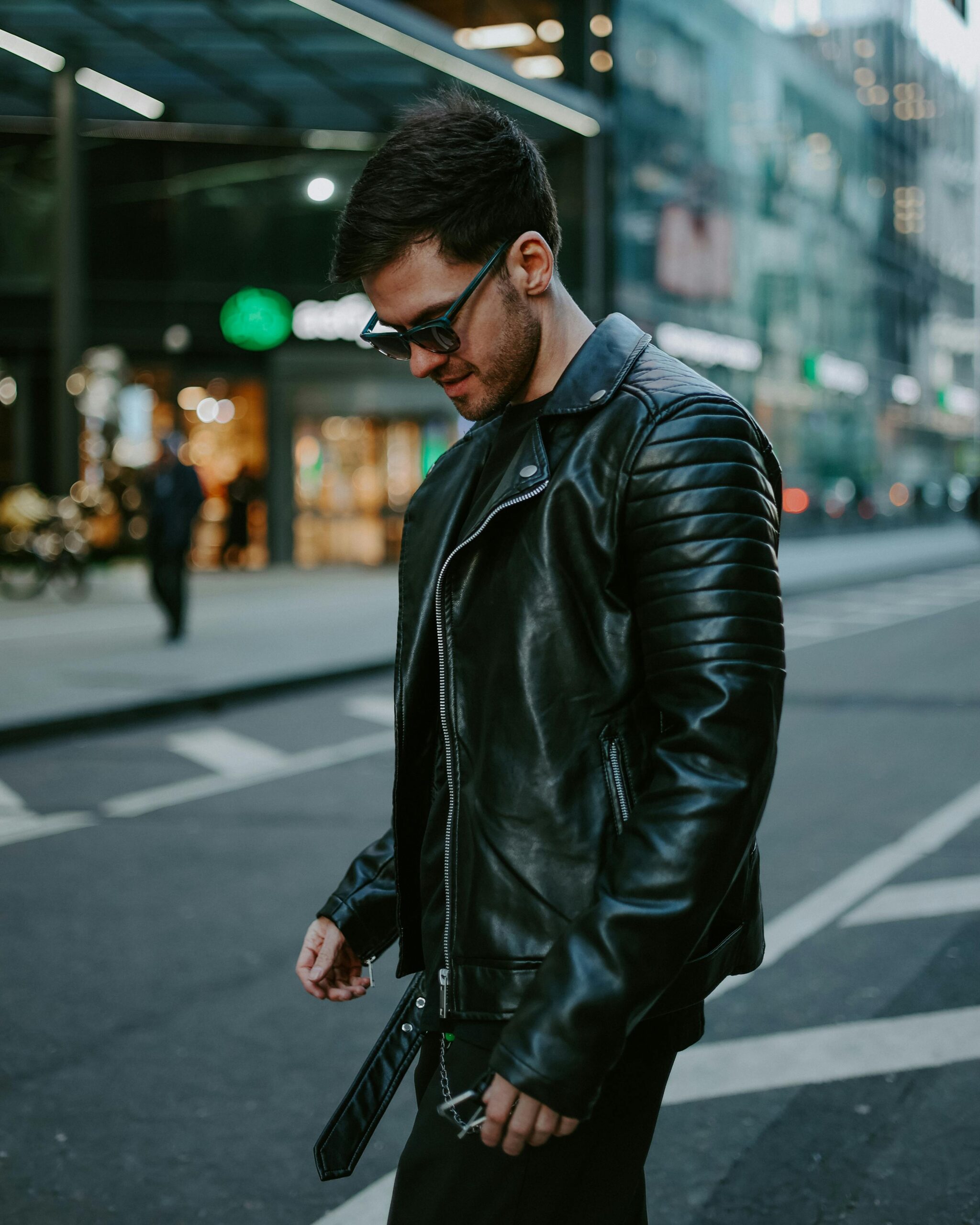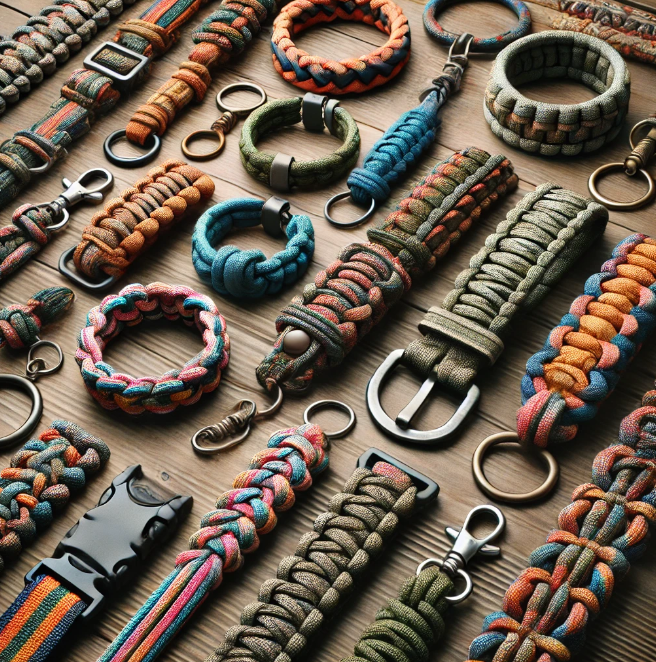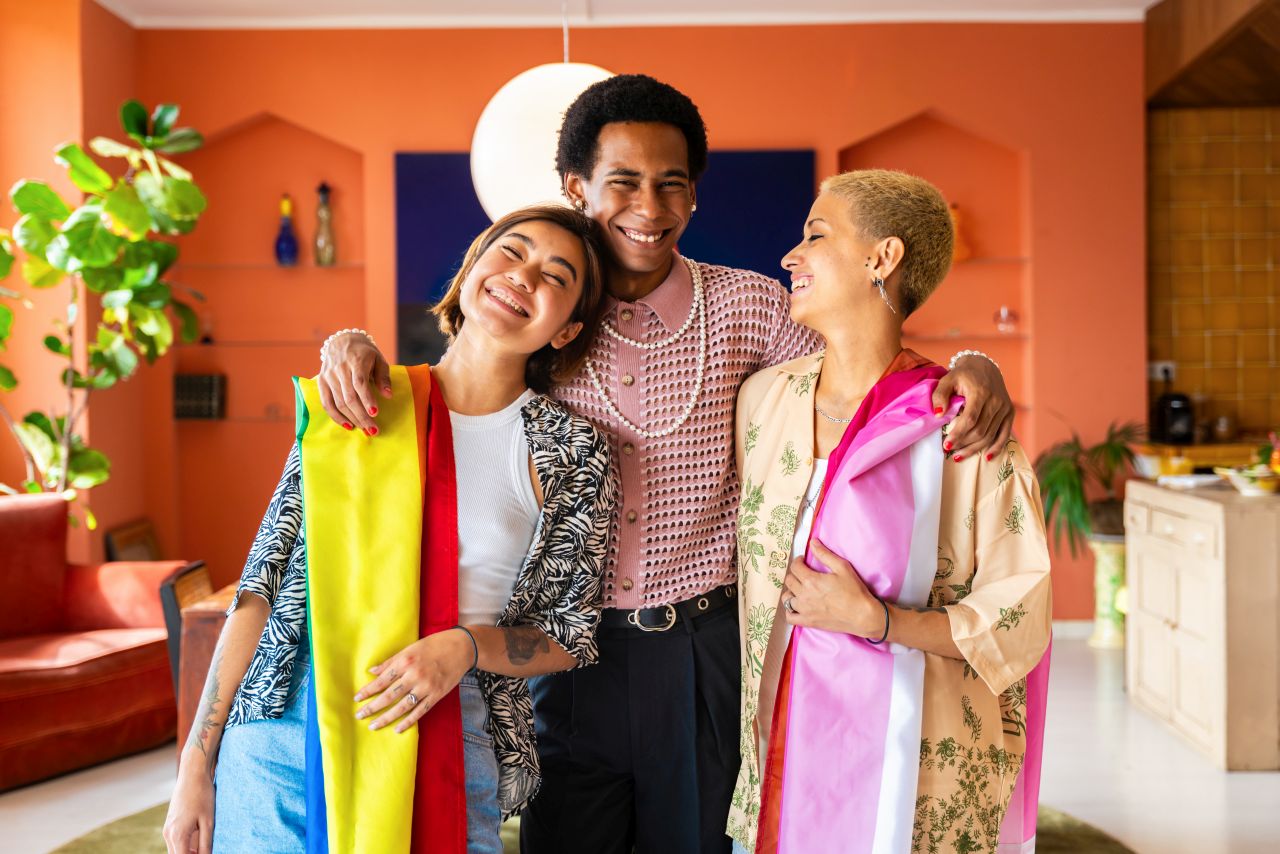Thobes, the traditional garment worn by men in various Middle Eastern and North African cultures, are much more than just a piece of clothing. They represent history, culture, and identity while offering comfort and style. In recent years, the thobe has gained global appreciation for its versatility and elegance. This blog post will take you on a journey to explore what thobes are, delve into their rich cultural significance, and examine the myriad styles available today, from hooded to embroidered, zip-up to Omani or Moroccan designs. Whether you’re looking to understand this timeless attire or considering adding one to your wardrobe collection, this guide will provide all the insights you need.
Understanding Thobes: A Cultural Perspective
Thobes are long robes traditionally worn by men across many countries in the Arab world including Saudi Arabia, Oman, Qatar, and Morocco. Known by different names such as dishdasha in Kuwait or kandura in the UAE, these garments serve as more than just clothing, they symbolise tradition and heritage passed down through generations. The simplicity of a thobe’s design is often juxtaposed with its profound cultural importance; it is worn during daily activities as well as special occasions like weddings or religious festivals such as Eid.
The material used for making thobes varies depending on climate conditions, lightweight cottons are preferred for hotter regions while heavier fabrics might be chosen for colder areas. Despite regional variations in style and fabric choices, thobes universally exude dignity and grace which resonate with those who wear them.
Exploring Different Styles of Thobes
One of the most exciting aspects of thobes is their stylistic diversity that caters to individual preferences while adhering to traditional norms. Hooded thobes offer a modern twist on classic designs; they add an element of practicality especially during cooler months when an extra layer can make a difference without compromising on aesthetics.
Embroidered thobes showcase exquisite craftsmanship with intricate patterns often reflecting local artistry or specific cultural symbols. These embellishments can range from subtle accents around cuffs or collars to bold statements throughout the entire garment—each telling its own story about where it originates from.
For those seeking contemporary appeal combined with ease-of-wear functionality might find zip-up thobes appealing due to their modern convenience without losing traditional charm.
Omani Thobes: Tradition Meets Modernity
Omani-style thobes stand out thanks largely due its unique “muzzar,” a distinctive turban-like headgear that complements this particular type of robe perfectly—a testament showcasing how accessories play integral roles within these ensembles too! Typically adorned with colourful tassels known locally “sarwal,” Omani-thobe sets strike perfect balance between honouring age-old customs yet seamlessly integrating present-day fashion trends making them popular choices among both locals visitors alike!
Moreover unlike some other variants which tend stick one-tone palette-wise typically white shades predominantly seen elsewhere across Arabian Peninsula states – Omanis embrace variety opting hues blues purples greens reds even blacks giving wearers opportunity express individuality through vibrant colour selections
The Allure Of Moroccan Thobes (Djellabas)
Moroccan djellabas another fascinating variation worth exploring characterised pointed hoods broad sleeves richly decorated embroideries along hemlines necklines sleeves creating visually arresting appearance sure capture anyone’s attention immediately! Often crafted using luxurious materials like silk wool djellabas embody opulence sophistication perfect fit formal gatherings casual outings alike
What truly sets apart Moroccan versions however lies inherent flexibility adapting seamlessly any context setting whether bustling souks Marrakech serene desert landscapes Sahara always managing retain air mystery allure wherever they’re donned!
Notably both men women don djellabas demonstrating cross-gender versatility rarely found similar garments elsewhere further cementing status quintessentially Moroccan icon wardrobe staple
Conclusion:
In conclusion, thobes are much more than just a piece of clothing—they are a reflection of culture, tradition, and individual expression. With their diverse styles and versatility, thobes have gained global recognition and appreciation in recent years. From the Omani muzzar to the Moroccan djellaba, there is a style to suit every preference and occasion. So why not embrace the elegance of thobes and add your own unique touch to honour this timeless garment? After all, fashion is not just about what you wear but also about how you express yourself through it.







